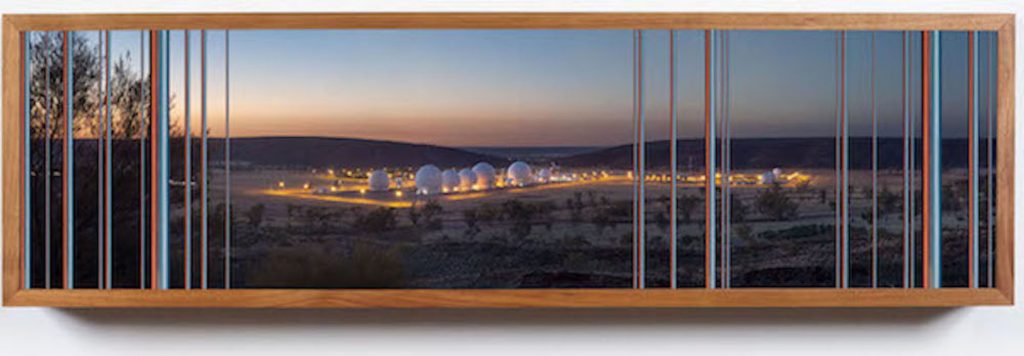On 2nd September 2014 I flew to Perth with a surfboard, a camera and an open mind. Soon after arriving I found myself standing on the Great Northern Hwy about to begin a three-month journey hitchhiking through Western Australia into Arnhem Land and then south, through the red center.
The open expanses of these places offered space, solitude and time. I felt this journey was essential for me moving forward as a young adult and artist. With the tools of my craft I spent time working at Ullawarra, a cattle station on native title Tharrgari country. I surfed remote reef breaks, hunted goats, lived in caves and spent sleepless nights in mining towns trying to find my next lift. I was told stories and learnt language; I was looked after and welcomed by everyone I met and possessed everything I needed to survive on my back. This reality had a profound effect on my spirit.
Despite a privileged education I lacked an understanding of this country, its first peoples, its wisdom, its history. This adventure gifted me with some knowledge; enough to recognise that the Australia I thought I knew and loved wasn’t what it seemed. Upon returning to Melbourne I was overwhelmingly struck with a sense of culture shock. I felt alienated from mainstream sensibilities. Everything seemed so overtly colonial, so aggressively commercial and backwards. This feeling, coupled with the political landscape at the time, left me quite disenchanted.
Some months later I joined the Radioactive Exposure Tour, a group of activists and
intellectuals on a two week trip visiting and researching radioactive sites and uranium mines – this tour is part of an ongoing international movement for a nuclear-free world. The imagery I captured on this trip was complemented by work I’d completed a year before with refugees in Fukushima, Japan; where the reality of a radioactive environment is something we are directly connected to and partly responsible for, as the damaged Fukushima reactors were fuelled with uranium from Australia.
The desert has so many strange secrets … out of sight, out of mind.
As we catapult into an increasingly complex world, technology is becoming a dominant force in how society functions; perhaps it can control us just as much as we can control it. Surveillance systems, such as Pine Gap, epitomise these forces of power and control – shrouded in secrecy and legal firewalls – facilitating war games in our name. I was drawn to learn more, and in doing so am revealing what few are able to see.
Mind the Gap is a somewhat dark and politically charged meditation on the gap between Australian cultures. It is not asking us to close the gap, to homogenise or assimilate; rather it asks us to acknowledge the gap, nurture the gap, celebrate the diversity rather than deny its existence. It encourages us to question and hold ourselves accountable for our actions as global citizens. The work aims to highlight colonial mannerisms and differences between Aboriginal and non-Aboriginal ways of understanding and valuing land.
Mind the Gap encourages us to imagine a future with deeper reconciliation and stronger acknowledgment of our true history rather than having our heads in the sand.
All text and artwork by: Kristian Laemmle-Ruff
This text has only been reproduced in part.



